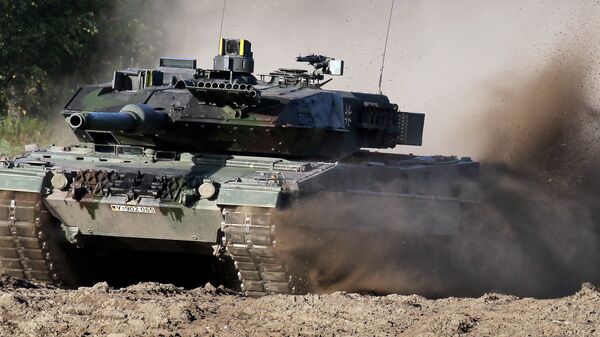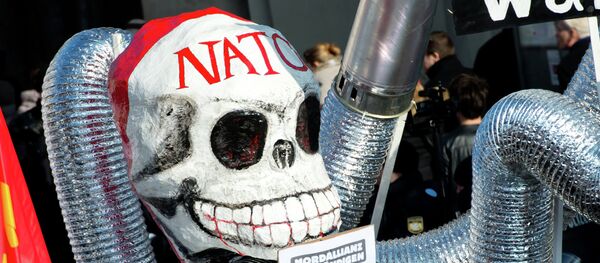For comparison’s sake, the German defense budget is twice as big as Turkey’s and four times bigger than Poland’s.
The past few years have seen the nation’s armed forces slashed from half a million down to 185,000.
Hans-Peter Bartels, a member of the parliament’s defense committee, believes that the country needs to spend over 58 billion euros on defense but admits that such a steep jump from the current 34 billion is simply not feasible.
The end of the Cold War and withdrawal of the Red Army from Eastern Europe was a boon for European security. Inventories of ships, aircraft and armored vehicles were cut by up to seventy five percent, and the German defense budget was cut further.
Germany now spends just 1.2% of its GDP on defense, far below the NATO’s recommended 2%.
In the past year numerous articles have appeared demonstrating the Bundeswehr’s lack of readiness. Fixed wing aircraft, helicopters and other vehicles have been grounded due to a lack of spare parts, bringing readiness rates below 50%.
Germany was originally buying 180 Eurofighters, but the cancelled purchase in 2014 means only 143 fighters will be acquired.
As of October 2014, only 42 of 109 Eurofighters were in flying condition, the rest grounded by due to a lack of spare parts.
At the same time, Germany reportedly halved annual flying hours for air crews, fearing that the fuselage would become unstable.
Germany also cut the number of its Leopard II main battle tanks down to 225 from over 2,000 before. Only 16 of the CH-53 combat helicopters are ready to fly.
Another problem is the G36 assault rifle. A new design using a lighter, NATO standard 5.56-millimeter bullet, thirty round magazines and integrated optics, the G36 was supposed to increase the firepower of German infantrymen while lightening their load.
A total of 176,000 rifles were purchased.
After the Bundeswehr began deploying to Afghanistan it was discovered that the G36 was losing accuracy in combat.
With all these problems in mind, the Bundeswehr can hardly be seen as a self-sustained military force and, as such, is likely to demand better financing to fend off imaginary “Russian aggression…”



